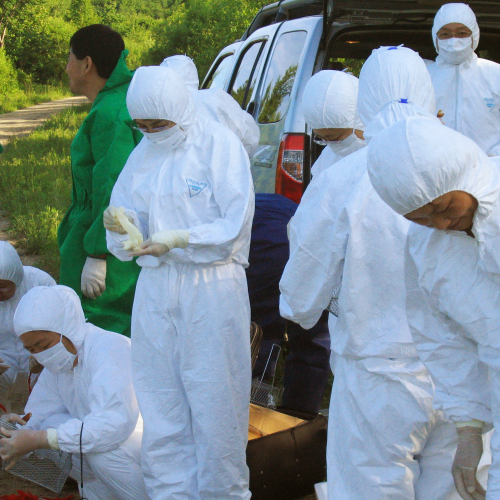About Scrub Typhus at IDDO


What is scrub typhus?
- Scrub typhus is an acute febrile illness caused by Orientia bacteria.
- The bacteria are transmitted by Leptotrombidium mites.
- Scrub typhus lacks differentiating clinical features, making it difficult to diagnose without sophisticated laboratory tests.
- But if its not treated, its median mortality is 6%, and may reach up to 70%.
The problem
- Current diagnostic methods for scrub typhus are not very accurate and/or need relatively sophisticated infrastructure, which may not always be accessible in resource-limited settings where it is most prevalent.
- This means data about its burden is scant, and its diagnosis challenging.
- It can be treated with with antibiotics, but delayed treatment can be fatal.
- Trials informing scrub typhus treatments are few and often with small sample sizes. Tetracyclines, chloramphenicol, azithromycin, and rifampicin seem to be effective, however, cases showing decreased response to chloramphenicol and doxycycline have been reported in northern Thailand.
What we did
One way to facilitate evaluation of the efficacy of scrub typhus treatments is through establishing an individual-level participant data (IPD) platform covering global treatment studies data. This will allow standardisation and pooling of the scattered global data.
To explore the needs and feasibility of developing a scrub typhus IPD platform, IDDO in collaboration with MORU, performed a systematic review to assess the landscape of the available scrub typhus treatment studies (PROSPERO CRD42018089405).
This systematic review aims to summarise the characteristics of prospective treatment studies such as study types, participant numbers, and outcomes. Through exploring these characteristics, we can develop our understanding of the quality and heterogeneity of the available data. In addition, these existing data can be a source of information to address research priorities and knowledge gaps.
We have demonstrated that there is a need for a scrub typhus IPD platform in our review. Establishing this platform would require extensive collaboration from stakeholders and leaders of the scrub typhus research community. We are looking to engage as early as possible to understand the needs of the research community and policy makers, and to ensure that the development of the IPD platform can fulfil these needs. For further information on this project, please contact info@iddo.org
.
